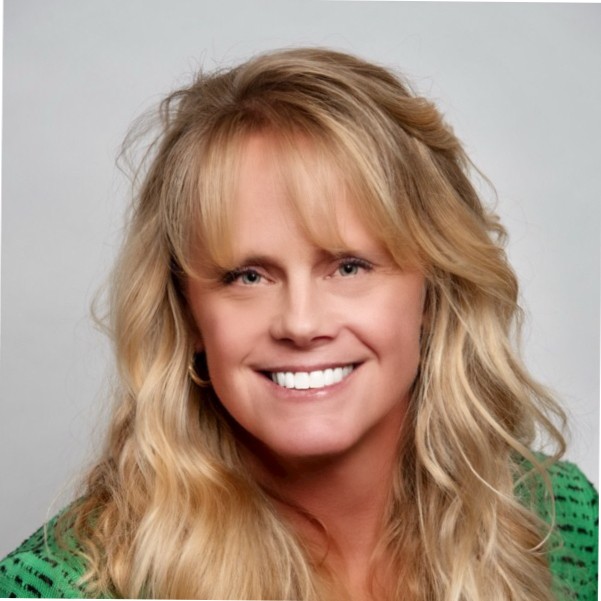
The Future of Homeownership Requires a New Playbook—Starting with Shared Equity and Risk
Laird Nossuli is CEO of iEmergent, Urbandale, Iowa.

The U.S. housing market is at a pivotal moment. As affordability continues to erode—especially for first-time buyers, low- to moderate-income households, and communities of color—traditional lending and subsidy models are proving insufficient. To bridge the gap, we need to do more than just tweak the existing systems and strategies. We need structural alternatives that rethink how homeownership works. Shared equity, shared appreciation, and shared risk models are more than policy experiments—they are essential tools for building a more inclusive, sustainable housing market.
These models aren’t just about doing things differently. They represent a fundamental shift in how wealth, risk, and opportunity are distributed and underscore a collaborative approach to solving complex, long-standing community challenges. And while they’ve shown promise at the local level, they won’t move the needle unless the industry embraces them at scale.
Redefining Ownership Through Shared Equity
Shared equity models challenge the idea that homeownership must mean owning both the housing structure itself and the land on which it’s built. A community land trust, the most common example, keeps land ownership in the hands of a nonprofit or public entity so the homeowner leases the ground and buys only the house. This reduces the initial purchase price, which reduces the down payment and makes the purchase more affordable. Resale restrictions on the ground lease limit the price at which the house can be sold, preserving affordability for the next buyer, too. Allowing the initial subsidization of the land to benefit multiple families over time creates a cycle of affordability.
There are other shared equity models. In a limited equity cooperative, for example, rather than purchasing a whole house or multifamily unit, residents purchase shares in a cooperative at a below-market price and agree to resell their shares at a price that ensures long-term affordability. Deed-restricted homeownership is another model where a home may be purchased at a below-market price with the caveat that any subsequent sale of the home is limited to income-eligible borrowers at an affordable price. All of these options ensure affordability for future buyers while allowing current owners to build equity.
Unlocking More with Shared Appreciation
Shared appreciation mortgage loans offer another way to increase and maintain affordability, particularly in high-cost or rapidly appreciating markets. These are often structured as silent second mortgages: for example, the borrower might receive down payment assistance with no monthly payments, repaying the loan plus a share of appreciation upon sale or refinance. There are many additional innovative ways to structure a shared appreciation mortgage, which gives the lender and the borrower flexibility in how they share the gain.
This structure stretches limited public or philanthropic dollars further. Instead of a grant that helps one household, the investment is recycled for future buyers. For lenders and agencies, it also offers risk mitigation—expanding access without sacrificing stability. In cities where the affordability gap exceeds $100,000, shared appreciation isn’t just helpful—it’s essential.
The Case for Shared Risk
Shared risk is less clearly defined than shared equity models or shared appreciation mortgages but just as vital. It reframes the core question in housing finance from: “What can we gain?” to “What can we build together?” In traditional mortgage lending, borrowers and lenders shoulder nearly all the financial risk. However, shared risk models ask whether that responsibility could be distributed more broadly—across financial institutions, mission-driven investors, housing developers, and community stakeholders.
This concept is beginning to take shape. Some lenders pilot pooled-risk programs, where multiple institutions fund affordable lending initiatives and share the outcomes. Others are exploring insurance-backed guarantees or public-private co-investment models that reduce individual exposure. While these approaches differ, they share a common goal: fostering more inclusive lending by reducing the downside for any one party.
Scaling What Works
The biggest hurdle isn’t proving these models work—it’s scaling them. Most shared equity and appreciation programs are hyperlocal and dependent on city politics, nonprofit infrastructure, and public funding. However, regional collaboration is possible, and industry leaders are beginning to explore how. The Mortgage Bankers Association’s CONVERGENCE initiative is one example, helping stakeholders identify practices that can be adapted and replicated.
Lenders, in particular, have a role to play. By participating in shared risk programs or funding community-driven efforts, they can unlock long-term opportunities in underserved markets. Developers and municipalities can contribute land or zoning support. Housing nonprofits can also serve as the connective tissue between stakeholders.
It’s Time to Lead
This moment demands more than incremental change. It calls for a mindset shift—one that views homeownership not only as a wealth-building tool but also as a shared endeavor that requires shared solutions.
We know these models work. The question is whether the industry is ready to champion them. Shared equity, shared appreciation, and shared risk are not fringe ideas. They are essential strategies for a housing system that includes everyone. And now is the time to act.
(Views expressed in this article do not necessarily reflect policies of the Mortgage Bankers Association, nor do they connote an MBA endorsement of a specific company, product or service. MBA NewsLink welcomes submissions from member firms. Inquiries can be sent to Editor Michael Tucker or Editorial Manager Anneliese Mahoney.)
